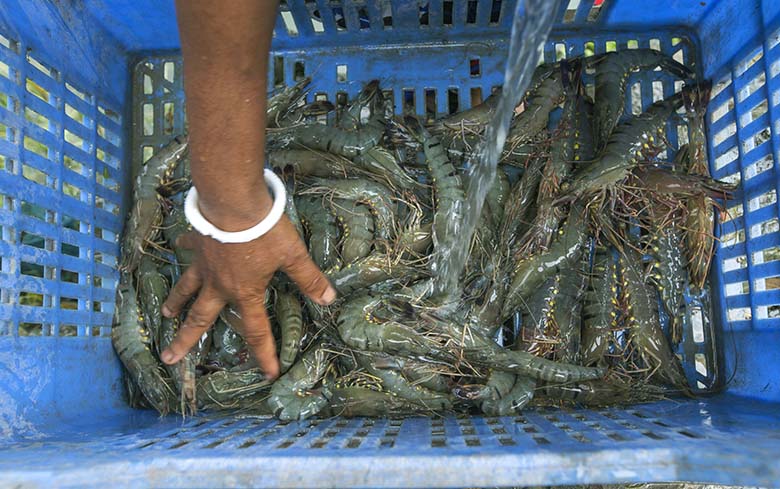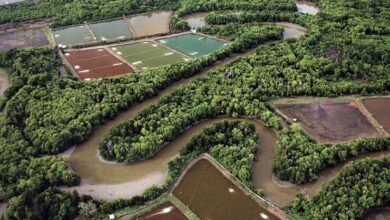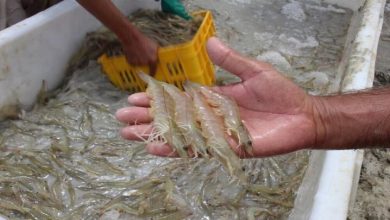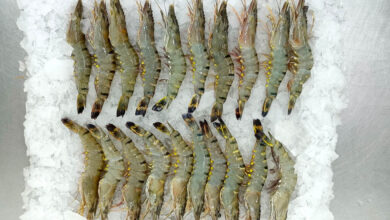
Shrimp has become one of the most important export items in recent decades due to rising international demand. Shrimp farming is a significant contributor to the livelihoods of rural people in Bangladesh’s southwestern region, which is considered the core area for shrimp farming. The majority of Bangladesh’s shrimp production takes place in the reclaimed mangrove forest of the Sundarbans region in Shyamnagar Upazila of Satkhira District.
Agriculture is the main source of income in Bangladesh, with over 45% of the workforce being occupied in this sector. In Satkhira, people used to rely heavily on paddy farming for sustenance, but due to the increased salinity of the soil as a result of the saltwater inundation from Cyclone Aila, it has become challenging to continue this way of life. As a result, people have had to look for alternative means of subsistence, such as shrimp farming, which has seen tremendous growth. Southwest cultures have long practiced shrimp farming and farmers are now using their own land, which was previously used for rice farming. The black tiger shrimp (Penaeus monodon) is the most popular species in coastal aquaculture.
Khulna and Chattogram are Bangladesh’s two major centers for shrimp production, with the southeast region holding the majority of the shrimp exports. Shrimp farming takes place on a little more than 275,000 hectares of land in Bangladesh, with a significant difference in water salinity between the southeast and west regions. Shrimp-paddy farming is a replacement activity that plays a central role in some areas of Satkhira.
Polyculture was the only culture method used by shrimp farmers, who relied on natural water sources like rain, tides and preferred natural feeds over inorganic fertilizers for cost efficiency and management. Major constraints in shrimp farming include shrimp diseases (white spot, gill rot, and fin rot), a lower market price, floods, high mortality and a lack of modern farming knowledge.
Climate change is a real threat and has a direct impact on shrimp production. Bangladesh is one of the most vulnerable countries to the effects of climate change in the world. This includes a decrease in rainfall in the southeast region, particularly in Satkhira and following rising surface temperature, which can lead to dissolved oxygen depletion, disease outbreaks, damage to shrimp ponds and stocks. In addition, the majority of hatcheries obtain their larvae from wild shrimp, making them susceptible to virus infection. Shrimp farmers in Satkhira face these challenges, as well as inadequate technological support and a lack of modern technology.
The government, donor organizations, planners, researchers and NGOs should take collective initiative to help Satkhira shrimp farmers in Bangladesh to overcome these issues and generate long-term revenue from shrimp farming. This can include providing access to technological support, conducting research, implementing effective management practices and improving market infrastructure to increase the competitiveness of the industry. Most important is to take precautions to guarantee that the shrimp larvae used for farming in Satkhira are free of diseases.
Additionally, increasing investment in alternative livelihood programs can help farmers diversify their income sources and reduce their dependence on shrimp farming.
Forhad Hossain
Dhaka, Bangladesh




